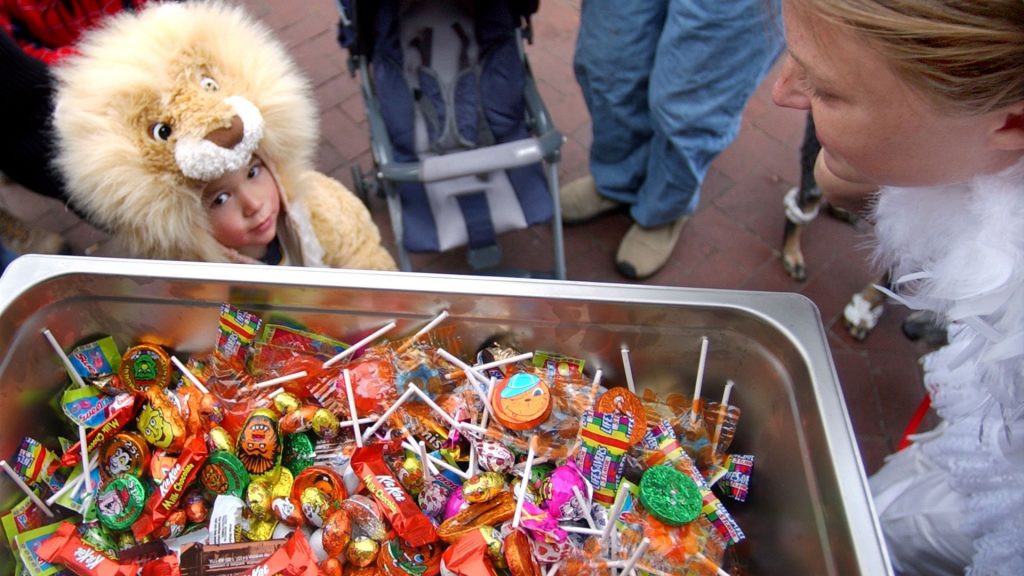Trick or tax: How each state makes money off your Halloween candy

As Americans make their final plans for Halloween, many are shocked — even scared — by the price of candy this year. Compared to last year, candy prices rose nearly 11% in 2025, according to analysts.
Rising candy costs are influencing what people plan to give out on Halloween. Despite these increases, consumers are still willing to spend, though some states complicate matters with how they tax candy.
How is candy taxed?
Halloween is a lucrative business. Last year, Americans spent $7.4 billion on Halloween candy. This year is supposed to be even bigger, with consumers expected to pay $13.1 billion. Those sales dollars help states, since many rely heavily on sales taxes.
However, most states don’t add the regular sales tax to groceries. So, how do states make money from all these candy sales? Well, some states don’t classify candy as groceries, and others don’t classify it as candy at all.
One way states do this is by defining groceries as food for off-premises consumption, or for taking home to eat. This means those foods are eligible for lower sales tax, while those that aren’t in that category are not.
Other states, like Illinois, say certain foods, like candy, don’t qualify for lower sales tax. That means consumers would have to pay the full sales tax when purchasing candy.
However, Illinois goes a little further and doesn’t classify candies containing flour as candy. For example, Twix bars and Twizzlers contain flour, so they aren’t classified as candy in the state, meaning you would pay a 1% state sales tax compared to the 6.25% sales tax.
Why is candy more expensive this year?
According to Groundwork Collaborative, a progressive think tank, candy is 10.8% more expensive this year than in 2024. That rise is much higher than the 3.1% inflation rate food prices have seen this year.
Unbiased. Straight Facts.TM
According to the National Retail Federation, Americans are expected to spend $3.9 billion on candy for Halloween 2025.

It’s also much higher than the 2.1% price increase seen between 2023 and 2024. Much like last year, high cocoa prices are driving the increase.
However, high prices aren’t the only issue that may scare consumers this year; the amount they may get is also a concern. CNN spoke to Wells Fargo economist David Branch, who said companies may put less in the packages to avoid scaring customers with higher prices.
Hershey has already said it is doing this, and smaller chocolate companies are following suit. Other companies said they would increase the amount of sugar or other ingredients used so they could sell chocolates with 65% cocoa instead of the usual 75%.
What might kids see in their candy bags?
If last year is any indicator, kids will see lots of sour, gummy candy in their candy buckets. This is partly due to higher chocolate prices and partly because sour candy is becoming more popular.
Sour candy sales increased 7% year over year, according to the National Confectioners Association. But estimates show that a fan-favorite candy will top it. Currently, Reese’s peanut butter cups claim the spot for the top candy of 2025.
The post Trick or tax: How each state makes money off your Halloween candy appeared first on Straight Arrow News.





